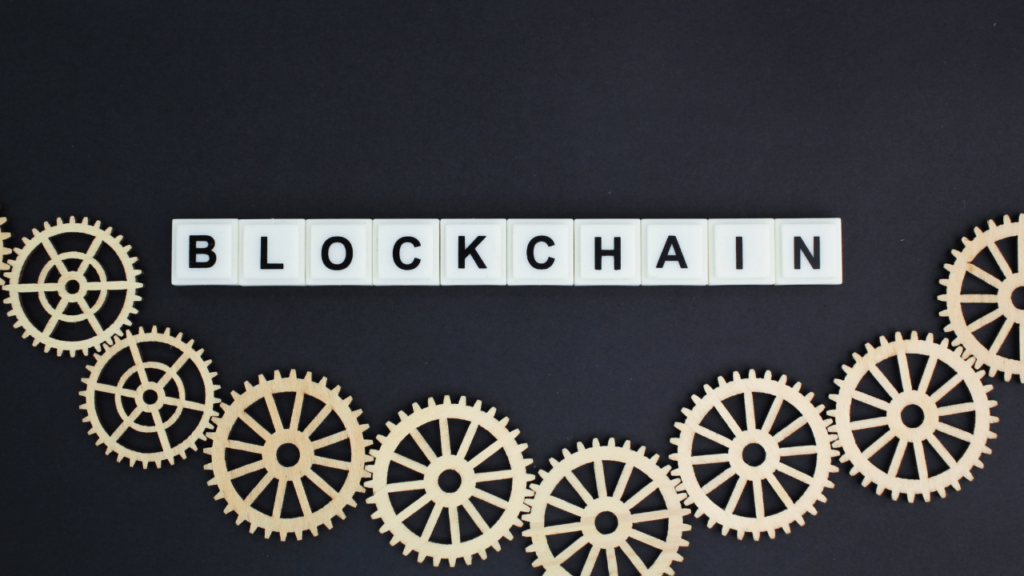The Convergence of AI and Blockchain: A Game-Changer for the Tech Industry
The tech landscape is continuously evolving, with advancements in artificial intelligence (AI) and blockchain technology leading the charge. While these two innovations have made significant impacts individually, their convergence is shaping up to be a transformative force across industries. AI’s ability to process and analyse vast amounts of data combined with blockchain’s decentralised, secure framework is unlocking unprecedented possibilities.
In this article, we’ll explore how the integration of AI and blockchain is revolutionising the tech industry and reshaping the way businesses operate, innovate, and deliver value.

The Synergy Between AI and Blockchain
At first glance, AI and blockchain may seem like entirely separate technologies serving different purposes. AI focuses on decision-making and automation through data-driven algorithms, while blockchain provides a secure, decentralised method for recording and verifying transactions. However, their combined potential lies in their complementary strengths.
- Data Integrity: AI systems are only as effective as the data they analyse. Blockchain ensures data integrity by providing a tamper-proof, transparent ledger, reducing the risk of corrupted or falsified data.
- Decentralised Intelligence: AI models often rely on centralised systems for computation and data processing. When paired with blockchain, AI can operate within decentralised networks, enabling more secure and efficient data sharing.
- Enhanced Security: Blockchain’s cryptographic features add an extra layer of security to AI systems, safeguarding sensitive data from breaches and tampering.
- Trust and Transparency: By leveraging blockchain, AI algorithms can become more transparent, enabling users to understand how decisions are made—a crucial step in addressing AI’s “black box” problem.
Real-World Applications of AI and Blockchain Integration
The convergence of AI and blockchain is not just theoretical. Businesses and industries are already harnessing their combined potential to create innovative solutions.
1. Supply Chain Optimisation
AI-powered analytics can predict demand and optimise inventory management, while blockchain provides an immutable record of transactions, enabling traceability and reducing fraud. Together, they create a supply chain that is efficient, transparent, and secure.
For example, companies in logistics and retail use AI to forecast demand spikes and blockchain to verify product authenticity, ensuring quality and reliability throughout the supply chain.
2. Healthcare Data Management
AI is transforming healthcare through predictive analytics and personalised medicine, but it requires access to vast amounts of sensitive patient data. Blockchain ensures that this data is stored securely and accessed only by authorised parties, fostering trust between patients and healthcare providers.
When combined, these technologies enable secure sharing of patient records across institutions while maintaining patient privacy and improving diagnostic accuracy.
3. Decentralised Finance (DeFi) and Smart Contracts
The financial industry is experiencing a revolution with blockchain-powered DeFi platforms. Integrating AI into these platforms enhances risk assessment, fraud detection, and investment strategies. AI can analyse market trends, while blockchain ensures transparency and security in executing smart contracts.
This convergence has made financial services more accessible, efficient, and secure for individuals and businesses alike.
4. Energy Management and Sustainability
AI optimises energy consumption by predicting usage patterns and managing resources effectively. Blockchain supports this by enabling peer-to-peer energy trading and ensuring the credibility of renewable energy certificates. Together, they are driving sustainability initiatives and making energy systems more efficient.
Challenges and Considerations
Despite its potential, the integration of AI and blockchain is not without challenges. Businesses must address several factors to fully realise their benefits:
- Scalability: Both AI and blockchain require significant computational resources. Ensuring scalability while maintaining performance is a critical hurdle.
- Energy Consumption: Blockchain’s consensus mechanisms, such as Proof of Work, can be energy-intensive. Balancing sustainability with computational demands is essential.
- Interoperability: Integrating AI with blockchain requires seamless interoperability between different systems and networks.
- Regulation and Compliance: Governments and regulatory bodies are still catching up with the rapid evolution of these technologies, creating uncertainty in their deployment.
The Road Ahead: Opportunities for the Tech Industry
As AI and blockchain technologies continue to mature, their convergence will unlock new opportunities across industries. Companies that embrace this integration can expect:
- Innovative Business Models: Decentralised AI marketplaces and tokenised ecosystems will pave the way for new revenue streams.
- Improved Decision-Making: Enhanced data security and integrity will empower AI to deliver more reliable insights.
- Customer Trust: Transparent systems powered by blockchain will address concerns about AI’s fairness and accountability.
Startups and established tech companies alike have a chance to lead the charge in this emerging field. By investing in research and development, fostering collaborations, and prioritising ethical considerations, they can shape the future of this transformative convergence.
Conclusion
The convergence of AI and blockchain is more than a technological trend—it’s a paradigm shift with the potential to redefine industries. By combining the analytical power of AI with the security and transparency of blockchain, businesses can create solutions that are efficient, trustworthy, and innovative.
While challenges remain, the opportunities far outweigh the obstacles. As more companies explore this integration, the tech industry will continue to evolve, setting new benchmarks for what’s possible in the digital age.


